
The goals of psychotherapy education in medical school should be based on these seven ideals.

The goals of psychotherapy education in medical school should be based on these seven ideals.

We often hear about seasonal affective disorder, but we don’t talk much about “winter woes.” Amaryllis offers something for everyone, for it encourages celebrations on many occasions, over as many months.

A diminished interest in psychotherapeutic interventions runs the risk of missing patients' emotional, social, and practical needs (including medication-modifiable symptoms) and, thus, less clinically responsible care.

This research update underscores the need to be well versed in the data in order to have meaningful conversations with our patients who are cannabis users or contemplate use.

Although multiple interventions exist for major depressive disorder (MDD), only partial response is achieved in many patients and recurrence is common. Combining medication and psychotherapy may enable more effective treatment of MDD.

The author shares some thoughts on the current state of biopsychosocial model as well as the new proposed reinterpretation of BPS as a theory of causality.

A reformulated biopsychosocial paradigm can be clinically useful. How? Keep reading.
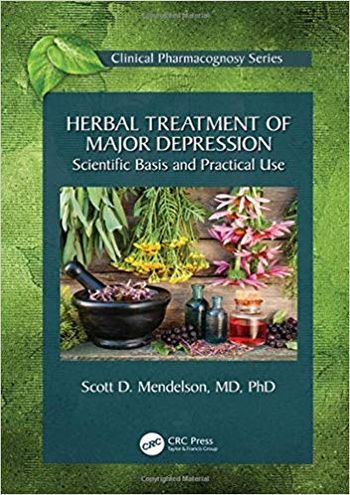
Many patients can benefit from herbs with gentler action, fewer adverse effects, and some health benefits beyond their antidepressant effects.
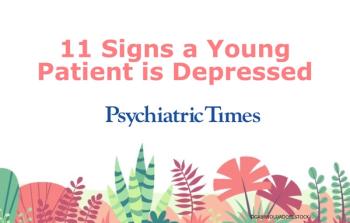
A brief synopsis on how to spot major depression in youth.
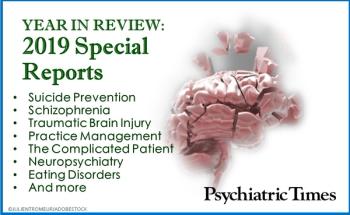
As varied as the field of psychiatry itself, our Special Report collections covered issues such as eating disorders, traumatic brain injury, practice management, schizophrenia and depression, complex medical comorbidities, and more. Here's a sampling.
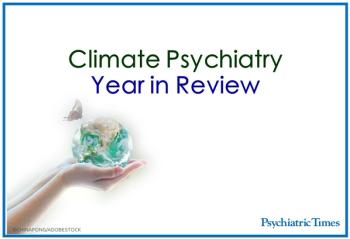
Climate medicine: What was once on the radar of just a handful of physicians has exploded into awareness, alarm, and sometimes debate and skepticism. No matter how you look at it, psychiatrists are on the front lines.
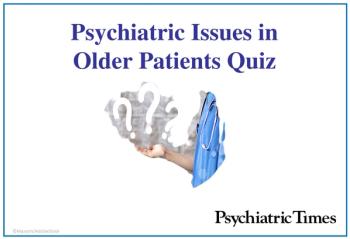
As the aging population grows, depression in older adults is also on the rise. Read the short case and test your knowledge.

Depression predominates across the lifespan in patients with bipolar disorder. Here: A discussion about (and beyond) the four FDA-approved drugs to treat symptoms.

A psychiatrist attempts to stay positive while facing her parents' and loved ones' premature deaths-ever reminding us that hope springs eternal.
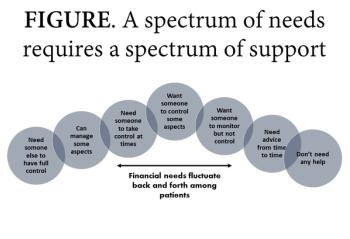
Recommendations for patients with serious mental illness to manage their finances safely and conveniently, with as much dignity, privacy, and autonomy as possible.

P values tell half of the story. A result that is statistically significant may actually be clinically irrelevant. More in this video.
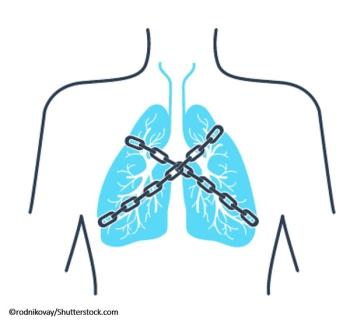
In a first-of-its-kind study, researchers from the Icahn School of Medicine at Mount Sinai, Montefiore Health System, and Albert Einstein College of Medicine are working together to examine the link between depression and asthma in older adults.

Doing a review of systems wasn’t “rocket science,” as they say-but it was a classic example of medical science and of why psychiatrists are physicians first.

The chronic and relapsing course of TBI-associated depression poses a challenge to the management of afflicted patients.

A layperson's perspective after deliberating on the meaning of suicide for decades after the loss of his wife.

A teaching moment never to be forgotten, little did the author know that this action on his patient's part would be the harbinger of an amazing career looking after physicians.
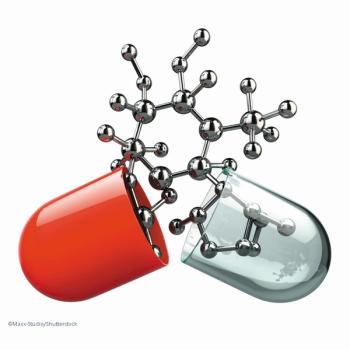
Is there a biomarker to predict response to treatment for depression? Take the quiz and learn more.
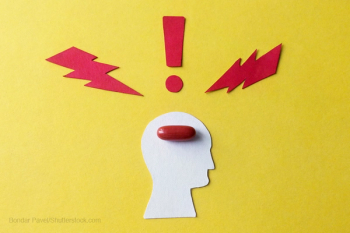
With a combined 70+ years of clinical experience, the authors discuss scenarios that represent two possible outcomes of discontinuing serotonergic antidepressants.

In a national epidemic of caregiver distress and suicide, what barriers still stand in the way of seeking mental health treatment for medical professionals?

Here is a selection of eight research developments that may impact psychiatric clinical practice in the coming years.